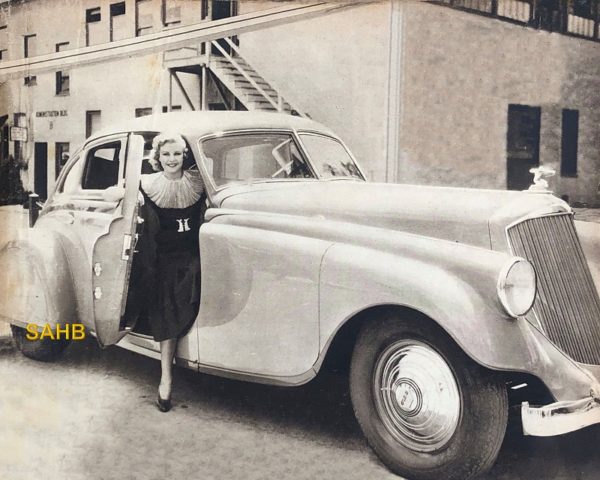
1933 was a turning point for the American car industry. The Wall Street Crash of 1929 had left the world’s economy in dire straits – but by 1933 the first signs appeared that institutions and companies were trying to put aside their fears, banking on a brighter future. Roosevelt signed the Federal Emergency Relief Act and other “New Deal” programmes, Hollywood produced 550 films, and Chicago proclaimed a “Century of Progress” at its World’s Fair Exposition on the shores of Lake Michigan.
In the American auto industry, it was sadly too late for two of the greats. Marmon and Peerless had launched 16-cylinder cars in 1931 and 1932 respectively. Nobody bought them and both firms were gone by 1933. But Cadillac, Packard, and Lincoln slowly saw the return of customers who, since 1929, had kept their wallets closed not because they lacked money but because they did not want to be seen in luxury cars when so many were in abject poverty.
And then came Pierce-Arrow. It had fled in 1928 to the shelter of the Studebaker Corporation, who wanted a luxury marque to top their range. In 1932 Pierce-Arrow’s chief engineer Karl M. Wise designed a new sidevalve V-12. It made a strong impression, not least after Ab Jenkins took one to the Bonneville Salt Flats in September 1932 and achieved 3,000 miles over 24 hours at a 112.9 mph average.
Pierce-Arrow, meanwhile, lost $3 million on sales of only $8 million in 1932, when volume plunged to 2,692 units. The dynamic Roy Faulkner, former president of Auburn, took over as sales vice president late in that year. He immediately received a call from a young stylist named Phil Wright, who proposed a Pierce supercar based on the twelve-cylinder chassis. Since nothing else had worked to dig Pierce-Arrow out of its sales decline, Faulkner accepted.
Working at home, Wright created a 1/8-scale clay model and delivered it along with his conceptual drawings to Faulkner, who convinced Studebaker to handle development. Wright’s shape was revolutionary, but James R. Hughes, Studebaker’s chief body engineer, is credited with further innovations, including the inset rear window and tapering, pointed rear wings. The Silver Arrow was thus one of the first cars where the rear styling was as important as that at the front. Front-wing compartments held the car’s twin spare tyres.
Ultimately, Pierce built five 1933 Silver Arrows, but with their price of $10,000 they could only serve as an inspiration to dealerships. That worked: sales of all twelve-cylinder models rose during 1933. But Studebaker went bankrupt early in the same year and Pierce-Arrow was independent again. It struggled on with declining sales until 1937.
Our Snapshot dates from 1936. So advanced was the Pierce Silver Arrow that one of Hollywood’s greatest stars could still pose with it three years after its creation. The star? Ginger Rogers. And lest you should think that she was merely Fred Astaire’s junior dancing partner, remember the phrase attributed to the cartoonist Bob Thaves: “Sure he was great, but don’t forget that Ginger Rogers did everything he did…backwards and in high heels.”
Photo courtesy of The Richard Roberts Archive: www.richardrobertsarchive.org.uk



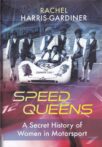
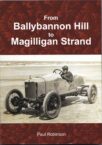
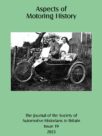
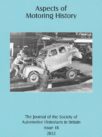
Leave a Comment